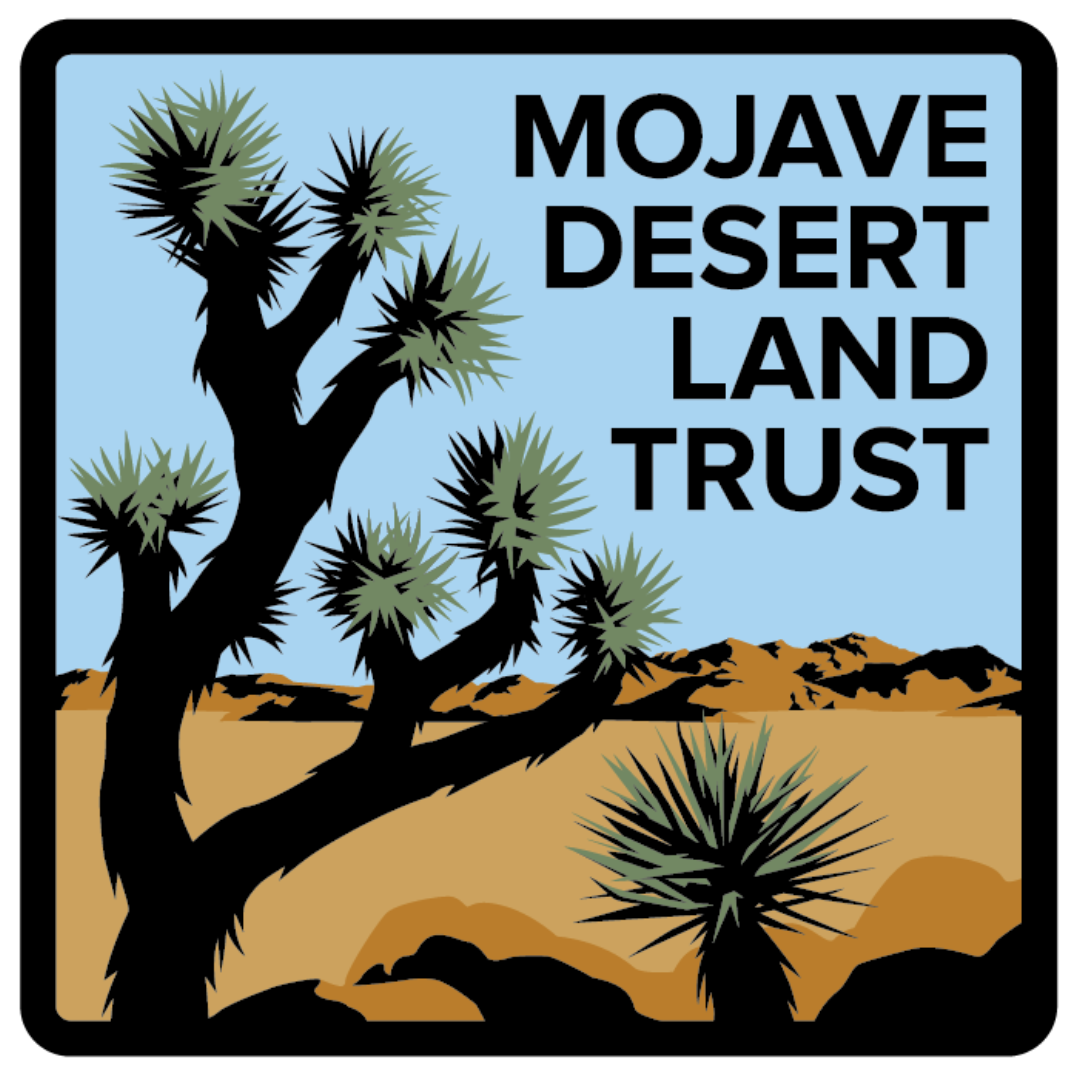Seven biologically rich areas, now protected
This post was originally published on this siteThe Mojave Desert Land Trust recently purchased 1,200 acres in the Sierra foothills. These lands are home to seven springs and may be some of the most species-rich spots in Southern California. Welcome to Desert Springs.
By Peter Satin, Director of Land Management

The scenery in front of me throws me for a loop, and it takes me a minute to process why I find it so incongruous.
Before me is a deep ravine, with mature Joshua trees sprouting from the lip. Immediately behind them, rooted in the spring that runs through the bottom of the ravine, is a dense thicket of willow trees. Seeing these desert specialists growing right next to riparian obligates is a bit like watching oil and water mix.
To make the scene even more bizarre, the hillside in the distance is dotted with pinyon pines and oak trees, which thrive in colder, wetter environments than we are used to here in the Mojave Desert. But this mingling of desert, riparian, and montane flora is all par for the course on the desert springs that the Mojave Desert Land Trust has just acquired in central Kern County, where the Mojave Desert meets the Sierra Nevada Mountains.

The meeting of distinct landscapes is called an ecotone, and the resulting overlap tends to be an area of high biological diversity. Throw water into the mix, and the springs MDLT now own — spanning 1,200 acres over seven distinct properties — are likely to be some of the most species-rich spots in Southern California. Already, MDLT land stewards have identified Swainson’s hawks, sagebrush lizards, and Sierran chorus frogs, among other species, on the springs, and the area is well-loved for the variety of wildlife viewing opportunities available.
While these spring properties are not MDLT’s first foray into the region — we previously conveyed the last privately-owned inholding in the nearby Bright Star Wilderness to the Bureau of Land Management in 2016, and continue to hold land in the Kiavah Wilderness — we do intend to hold these properties in perpetuity, and their distance from our Joshua Tree headquarters makes stewardship a challenge.

Luckily, there are many excellent partners in the region who will help us keep an eye on these properties. The Audubon Society operates the nearby Kern River Preserve, and the Pacific Crest Trail, which passes within a mile of one of the bigger springs, is maintained by the Pacific Crest Trail Association.
But hiking and wildlife viewing are not the only pastimes in the area. The beautiful scenery and varied terrain make the whole region a favorite of off-highway vehicle recreators. Many of the local riders, recognizing the ecological importance of the area, formed Friends of Jawbone, a conservation-savvy OHV group dedicated to keeping traffic on designated routes, and closing off and restoring unsanctioned trails.
MDLT is excited to work with each of these organizations, and others, to protect these wonderful desert oases, and to restore impacts from years of cattle ranching on the properties.
Ecotones, like the transitional zone from the Mojave to the Sierra Nevada, are critical to promoting climate resiliency. Each of the seven springs provides a point of respite; a place to stop and rest for migratory birds, roaming mammals, and adventurous humans.

